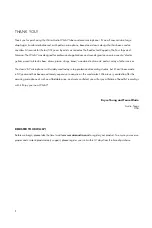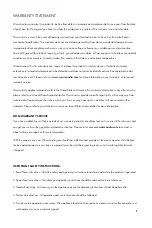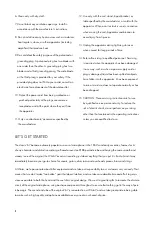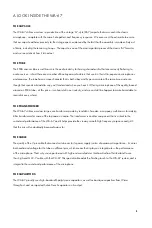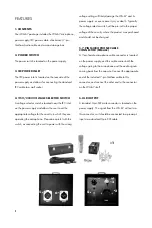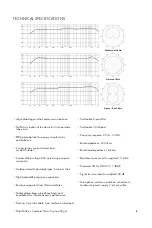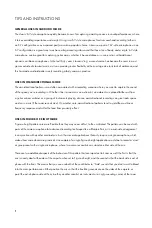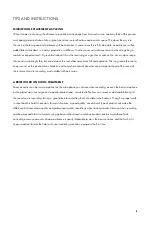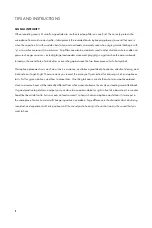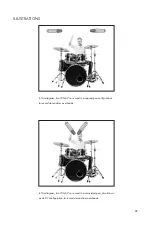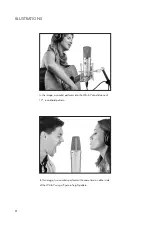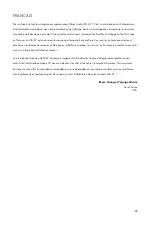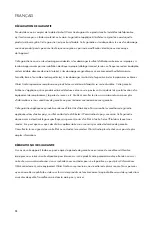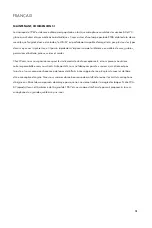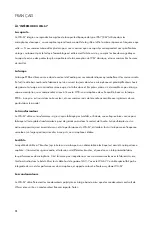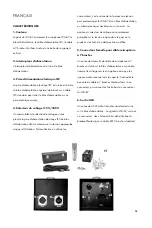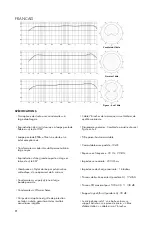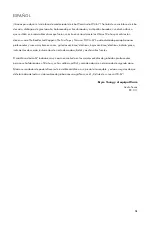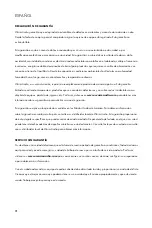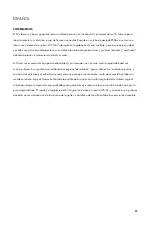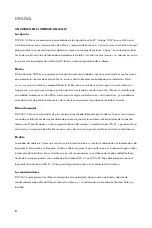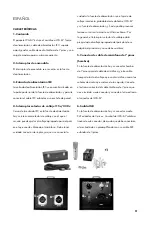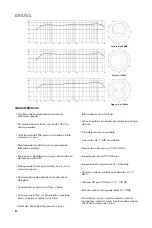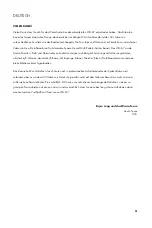
9
TIPS AND INSTRUCTIONS
SIGNAL INTEGRITY
When recording vocals, it’s usually a good idea to use the nicest pop filter you can find. This not only protects the
microphone from moisture and spittle; it also protects the recorded tracks by keeping plosives (a sound that occurs
when the capsule is hit with a sudden burst of air and overloads, commonly seen when singing words that begin with
“p” or a similar consonant) to a minimum. Pop filters can also be creatively used in other situations where sudden air
pressure changes can occur, including large loudspeaker movement, plugging in a guitar when the amp is already
turned on, the sound hole of a kick drum or even the gap between the two brass pieces of a hi-hat cymbal.
Microphone placement is as much an art as it is a science, and takes a great deal of patience, attentive listening, and
trial and error to get it right. The more music you record, the more you’ll gain instinct for knowing which microphones
to try first for given situations, and how to place them. One thing to keep in mind is that what a microphone placed
close to a source hears will be radically different from what a casual observer hears when standing several feet back.
It’s good practice to get down and put your ear close to a speaker cabinet or right in front of a bass drum’s resonator
head (but be careful not to hurt your ears on loud sources!), to hear what a microphone would hear if it were put in
the same place. Notice how a small change in position can make a huge difference in the character of what is being
recorded, and experiment with mic positions until the sound you’re hearing in the control room is the sound that you
want to hear.


